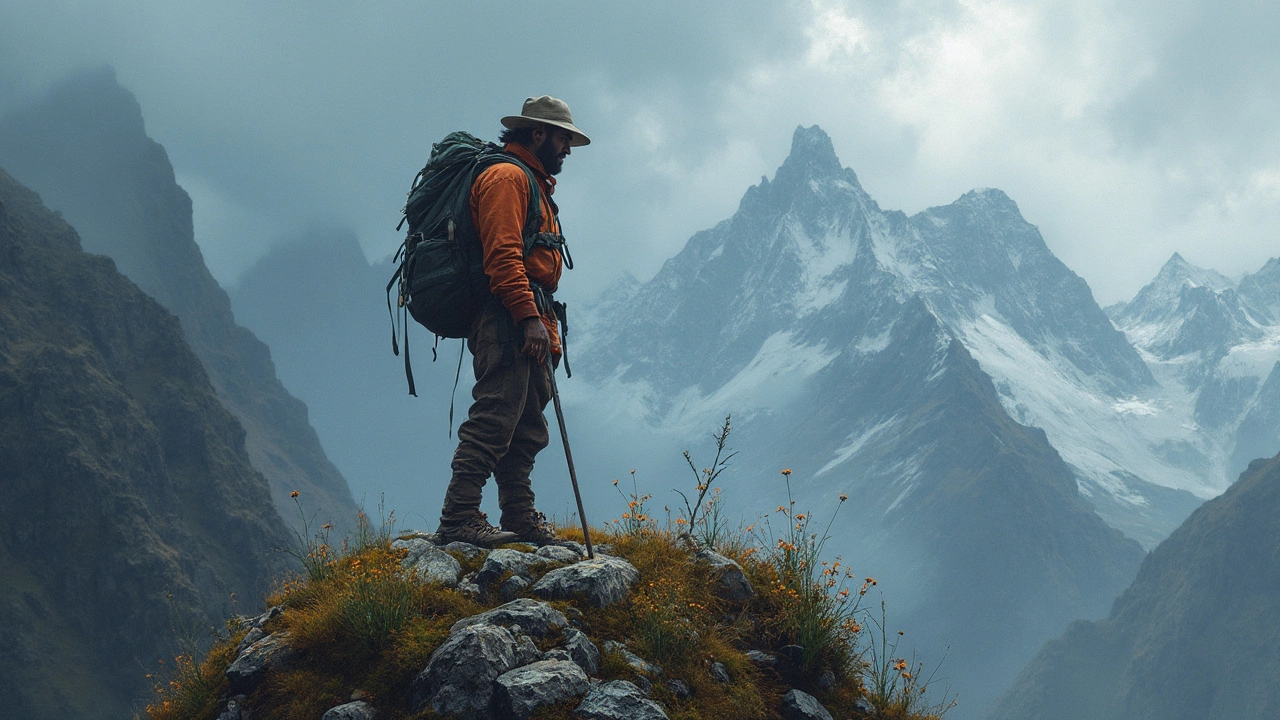SEARCH
Hardest Hiking Trails in India – Your Guide to the Toughest Treks
If you love pushing yourself on foot, India has a handful of trails that will test every ounce of stamina, altitude tolerance, and mental grit. These routes are not for beginners; they demand solid fitness, proper gear, and a clear plan. Below you’ll find the most demanding hikes, the reasons they’re hard, and real‑world tips to get you there safely.
Top 5 Most Challenging Hikes
1. Stok Kangri (Ladakh) – At 6,153 m the climb is a long, steep ascent on loose scree and snow. The thin air kicks in after about 4,000 m, so a proper acclimatization schedule is a must.
2. Sandakphu–Phalut Trek (West Bengal/Sikkim) – This 70‑km route climbs to 3,636 m across the Singalila Ridge. Expect unpredictable weather, rain‑soaked paths, and steep scrambles.
3. Har Ki Dun Loop (Uttarakhand) – While the valley itself is moderate, adding the high passes of Deori and Kedarnath pushes the trek into high‑altitude territory with steep descents that bite the knees.
4. Goecha La (Sikkim) – The final push to 4,940 m is a glaciated climb with icy sections and a risk of sudden storms. The trail is narrow and often covered in fresh snow.
5. Chadar Trek (Ladakh) – Walking on a frozen Zanskar River at 3,000‑4,000 m clears your mind but freezes your toes. The ice can crack, and temperatures dip below –20 °C.
Preparing for High‑Altitude Treks
First, build a base of cardio and leg strength. Cycling, running, or stair‑climbing for 45 minutes three times a week prepares the heart for thin air. Second, practice with a weighted backpack (10‑12 kg) to mimic the load you’ll carry.
Acclimatization is non‑negotiable. Spend at least two nights above 3,000 m before attempting any summit. Use the “climb high, sleep low” rule: go up during the day, return to a lower camp for the night.
Gear matters. Invest in a down jacket rated for –30 °C, a sturdy waterproof shell, and insulated trekking boots with good ankle support. A breathable sleeping bag, a headlamp with extra batteries, and a reliable GPS device can be lifesavers.Hydration and nutrition are crucial. At altitude you lose water faster, so aim for 3‑4 liters a day. Pack high‑energy snacks like nuts, dried fruit, and energy bars; they’re quick to eat on the move.
Finally, check permits and local regulations. Many of these treks require a permit from the state tourism office or the Indian Army. Getting the paperwork sorted in advance avoids last‑minute headaches.
Remember, the hardest hikes reward you with spectacular views, a sense of achievement, and stories you’ll tell for years. Plan smart, respect the mountains, and enjoy the adventure.

Hardest Place to Hike in India: Where Trekking Gets Real
Curious about the hardest place to hike in India? This article uncovers the ultimate challenge for trekkers and what makes it such an unforgiving adventure. You'll discover brutal terrains, wild weather, real-life stories, and what it takes to test your limits. We'll toss in some helpful tips and must-know facts if you're thinking about tackling India's most intimidating trek. It's everything you want to know before stepping onto the toughest trail.
Continue reading